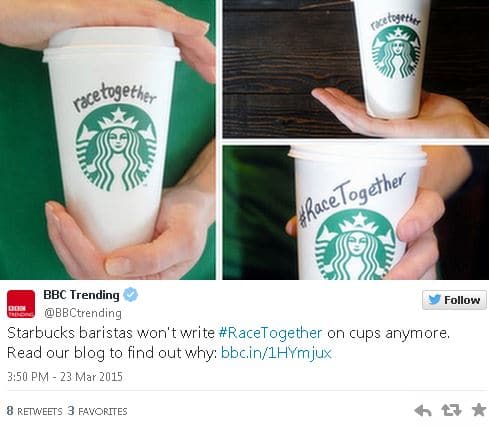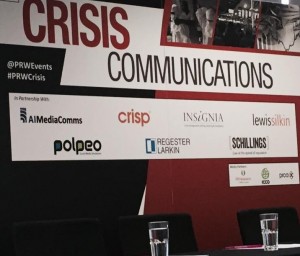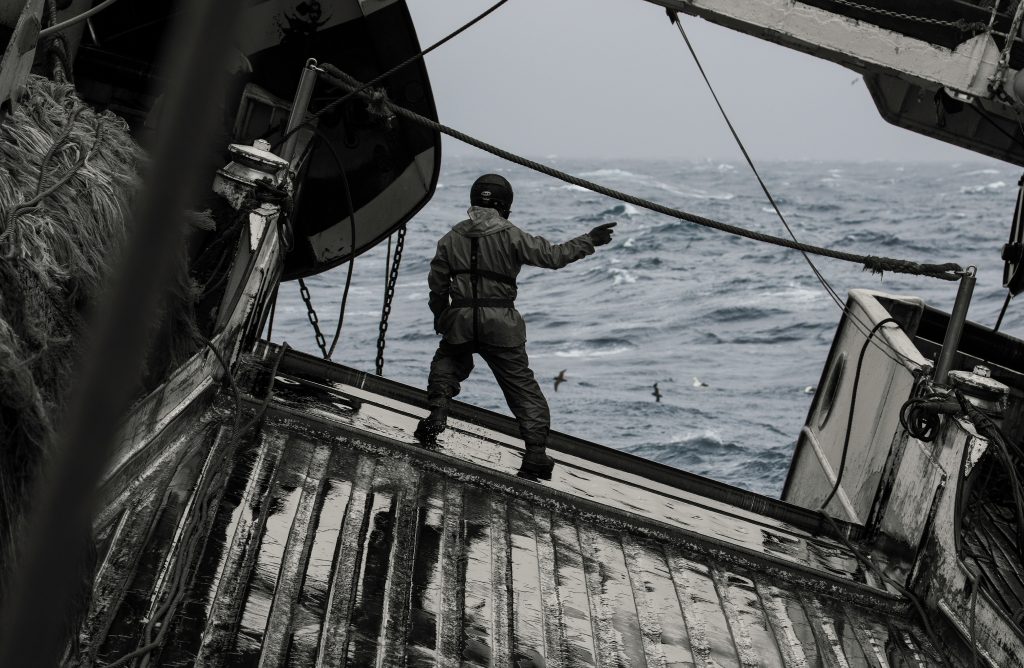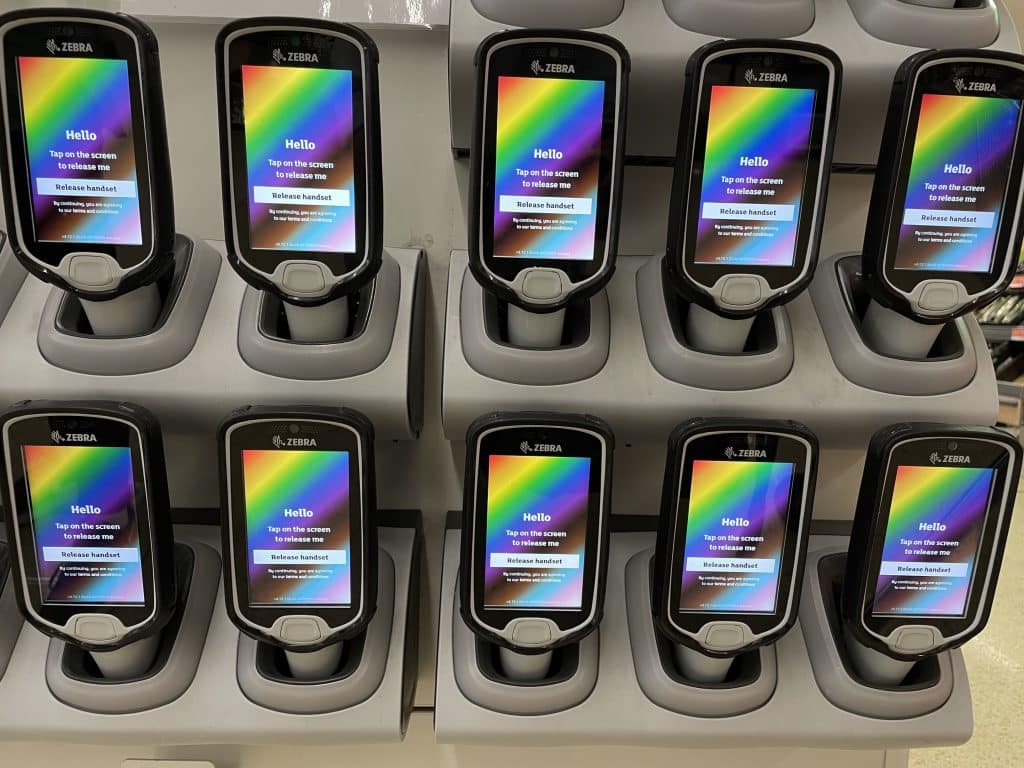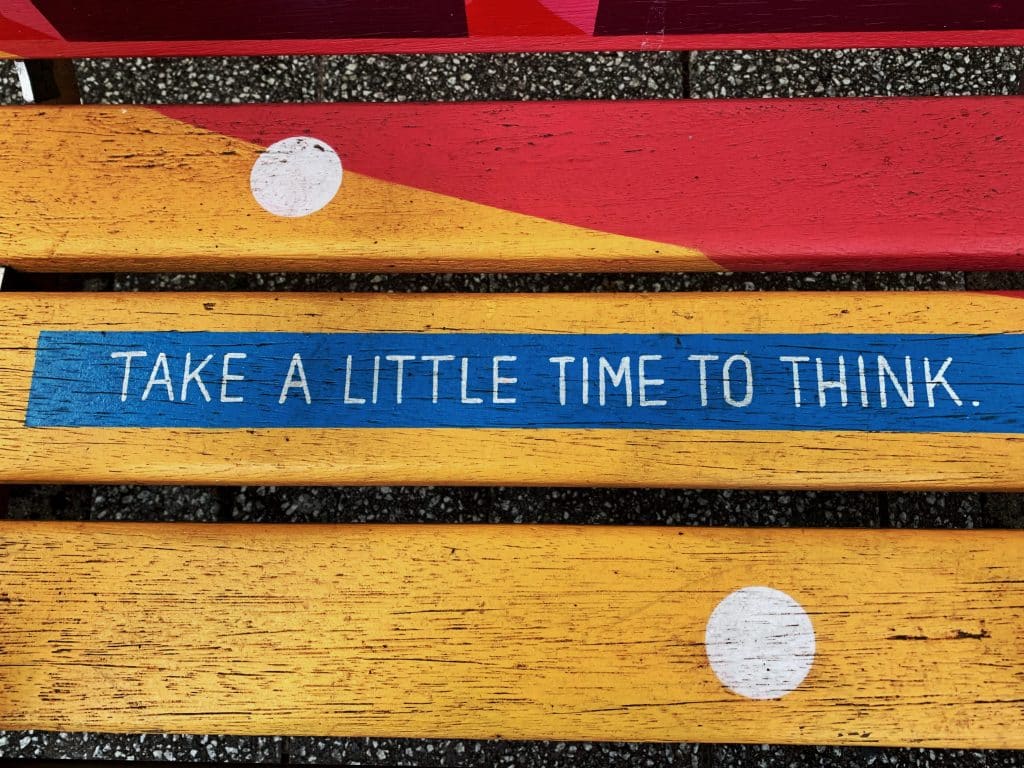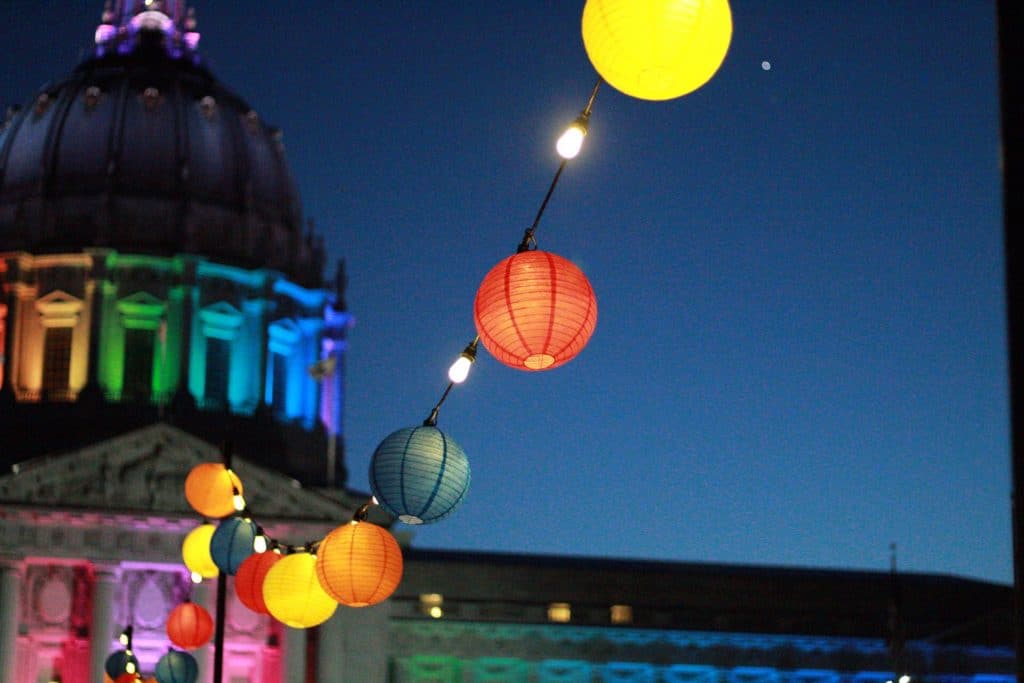When I think of Starbucks’ #RaceTogether campaign, I think of it scrawled on a cup of Americano and picture a harassed barista trying to explain theories on race relations, while simultaneously trying to keep the queue down, get everyone’s orders right and spell Amiee without the Y.
In reality, the campaign was, and still is, more than it became during the last week of March.
In an internal memo, kicking the campaign off, Starbucks told its employees that, if asked about why they were talking to customers about race, it was because:
- We [Starbucks] want to foster empathy and common understanding in the country
- Our company feels responsible to do our part as the country faces ongoing racial tension
- We hope to promote awareness and understanding through our efforts with USA TODAY and with our fellow partners and customers who want to dialogue and share information on this important issue for the country.
https://twitter.com/AshleyBuck7/status/578970851388751872
I shall first, try to ignore the way the phrase “to dialogue” makes me want to lock myself in a darkened room and scream, and focus instead on the larger issue; that while this may have been a genuine attempt to do social good here, the campaign was always going to provoke a passionate reaction.
It didn’t help that the #RaceTogether campaign photos featured the hashtag written across Starbucks cups, cradled by white hands.
Starbucks baristas won't write #RaceTogether on cups anymore. Read our blog to find out why: http://t.co/1TYUHafYF0 pic.twitter.com/XS456fFamH
— BBC Trending (@BBCtrending) March 23, 2015
And that the brand’s own baristas started making it known that they weren’t fans of the initiative:
Even some baristas aren't feeling @Starbucks' #RaceTogether initiatives: http://t.co/YcZxZdleoo
— Intl. Business Times (@IBTimes) March 19, 2015
People began tweeting about the composition of the Starbucks leadership team, which isn’t exactly representative
https://twitter.com/jfgroves/status/579014272623230976
The CEO spoke in defence of the campaign, and the writing slogans on cups/talking to caffeine deprived customers element of the campaign swiftly ended, causing many to accuse the brand of stopping the campaign due to bad press and social media reaction. For its part, Starbucks claimed that the cup writing part of the campaign was always going to end when it did, functioning only as a kick off for discussion and debate.
It’s impossible to tell how well prepared Starbucks was when it launched #RaceTogether. Despite the obvious blunders, it seems to have managed the unfolding crisis well, sticking to key messages and not abandoning the campaign completely.
Crisis preparation for brand campaigns
No one likes to think that their brilliant campaign idea is going to go down in flames once it’s launched, but it pays for brands to prepare for the worst possible reaction.
1. Intent. Brands need to know the intention behind the campaign. In this case, Starbucks has stuck rigidly to the message – it was intended to start a national debate. Well, it did that, whether that debate is more about how wise an idea the #RaceTogether cup campaign was, or about actual race issues, is, itself, up for debate.
2. Goal. It helps to have a clear goal in mind – such as sell more coffee. When a brand launches a campaign in an area beyond its sphere of experience the goal becomes even more important. Why is a coffee chain getting involved in political debates? Not that there’s anything wrong with it, as long as the brand knows, and can explain why, otherwise it will be accused of shoehorning itself into important issues for its own gain.
3. Have a crisis plan, tailored for the campaign. The overall brand crisis strategy will need to be supplemented with one specifically addressing the needs of the campaign. It needs to include information on:
- emergency contact details of the crisis communications team (the team must be fully aware and briefed on the campaign and its purpose).
- detailed explanations of the position the brand will take should a crisis hit – this is where intent and goals become important.
- it also needs to state who the official spokesperson is, and how the team should engage and interact with media, bloggers and consumers.
- a comprehensive Q&A sheet needs to be prepared. What could go wrong, and how will the brand respond?
- the brand needs to start working with key advocates in the early stages of campaign planning, ideally it would use them to test the campaigns messaging. (The campaign team are the worst people to judge if the campaign is suitable to roll out – they’re likely to find it brilliant or just want to get the thing out of the door by that stage; they need trusted outsiders to give honest feedback.)
- have a social listening tool in place before it’s rolled out. Social listening allows a brand to monitor reaction, and gives it a chance to engage respondents and maybe change some minds.
4. Control. Brands can’t control how people will react to their campaigns, but they can control campaign content. A brand may see an edgy video as the perfect way to gain maximum buzz, but if most of the chatter is about how the brand could have made such a distasteful ad, rather than debating the actual subject matter, what use is it really? Any content released needs to support the message of the campaign, not undermine it.
5. Practice managing a social media crisis. The only way to know how you and your team will respond in a crisis situation, is by experiencing a crisis. You don’t want your first experience of a social media crisis to be in the middle of an important campaign. This is why Polpeo creates bespoke scenarios, taking clients through simulated social media responses to everything from pretend product failures, to out of control CEOs.
A campaign may be short-lived, but a failed campaign, one that causes controversy and contention, can live in infamy for much longer. Brands that launch campaigns without being prepared for a crisis, risk far more reputational damage than the promised rewards.
